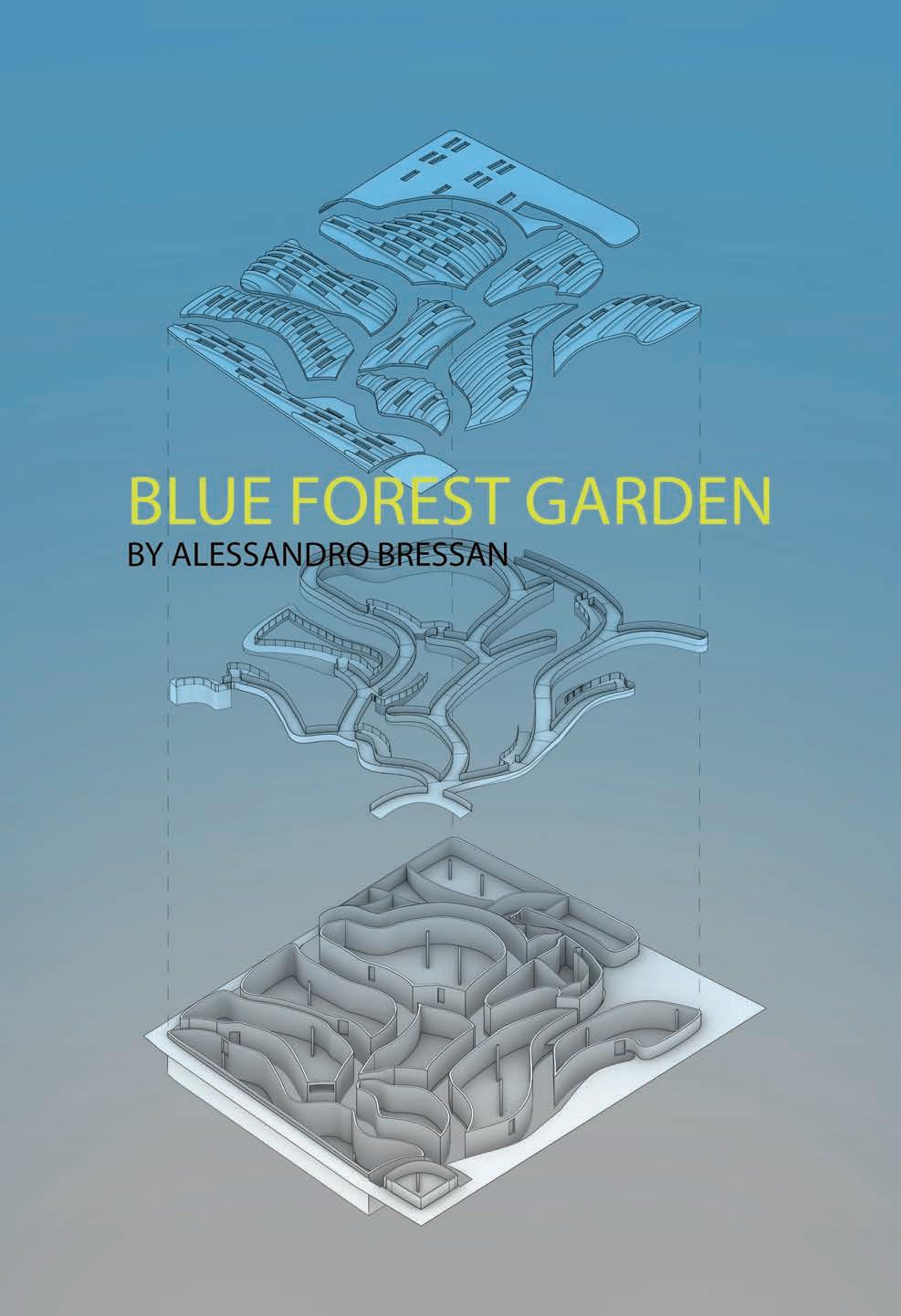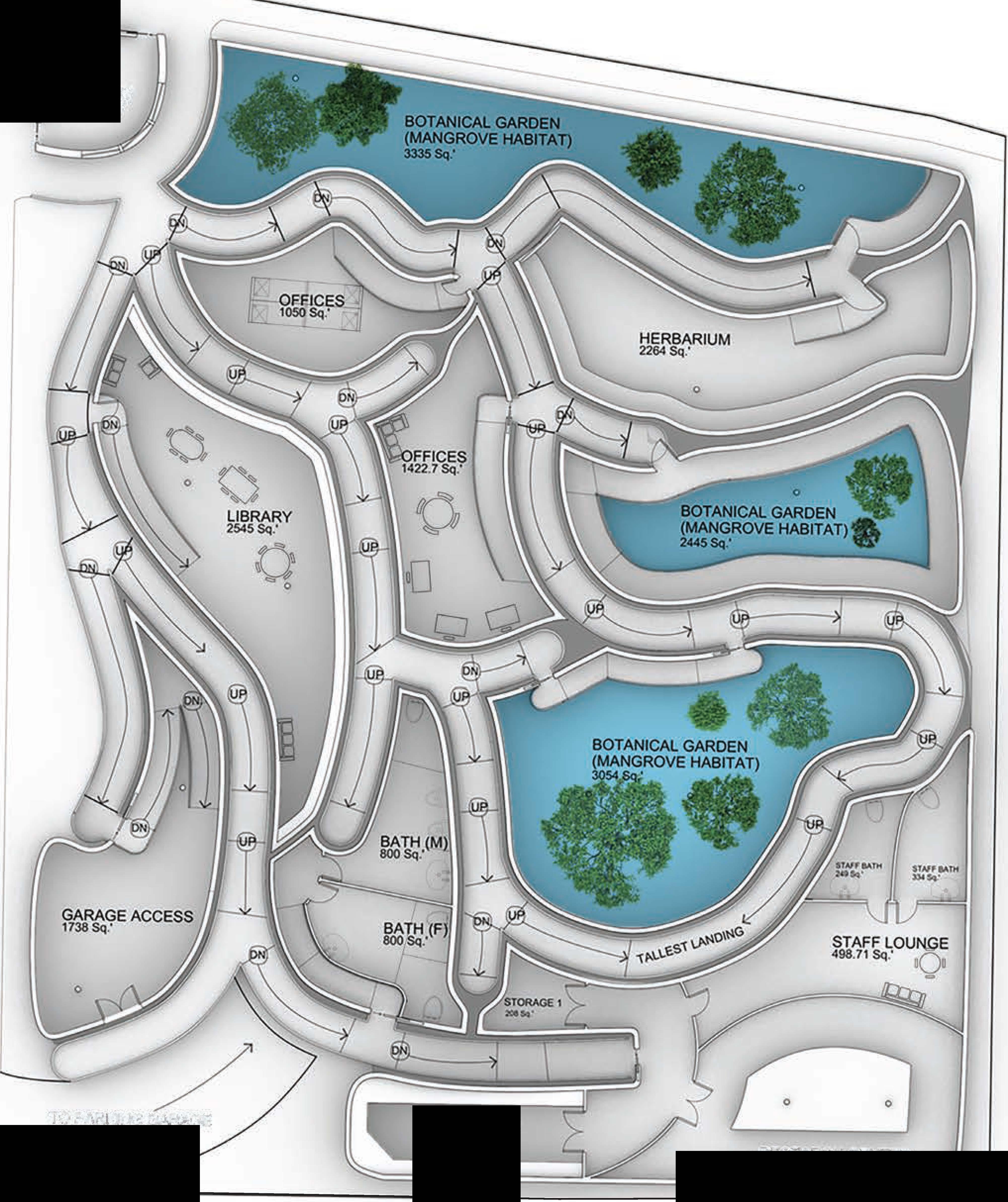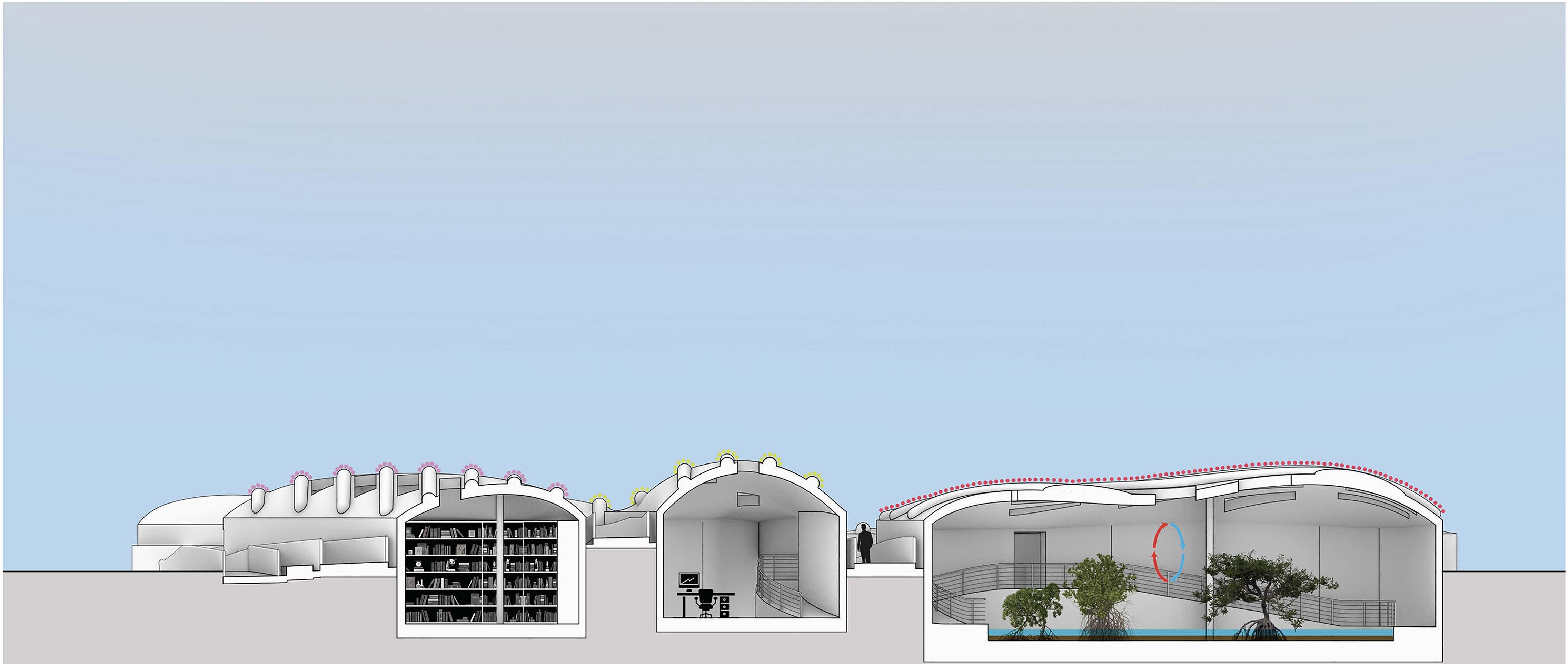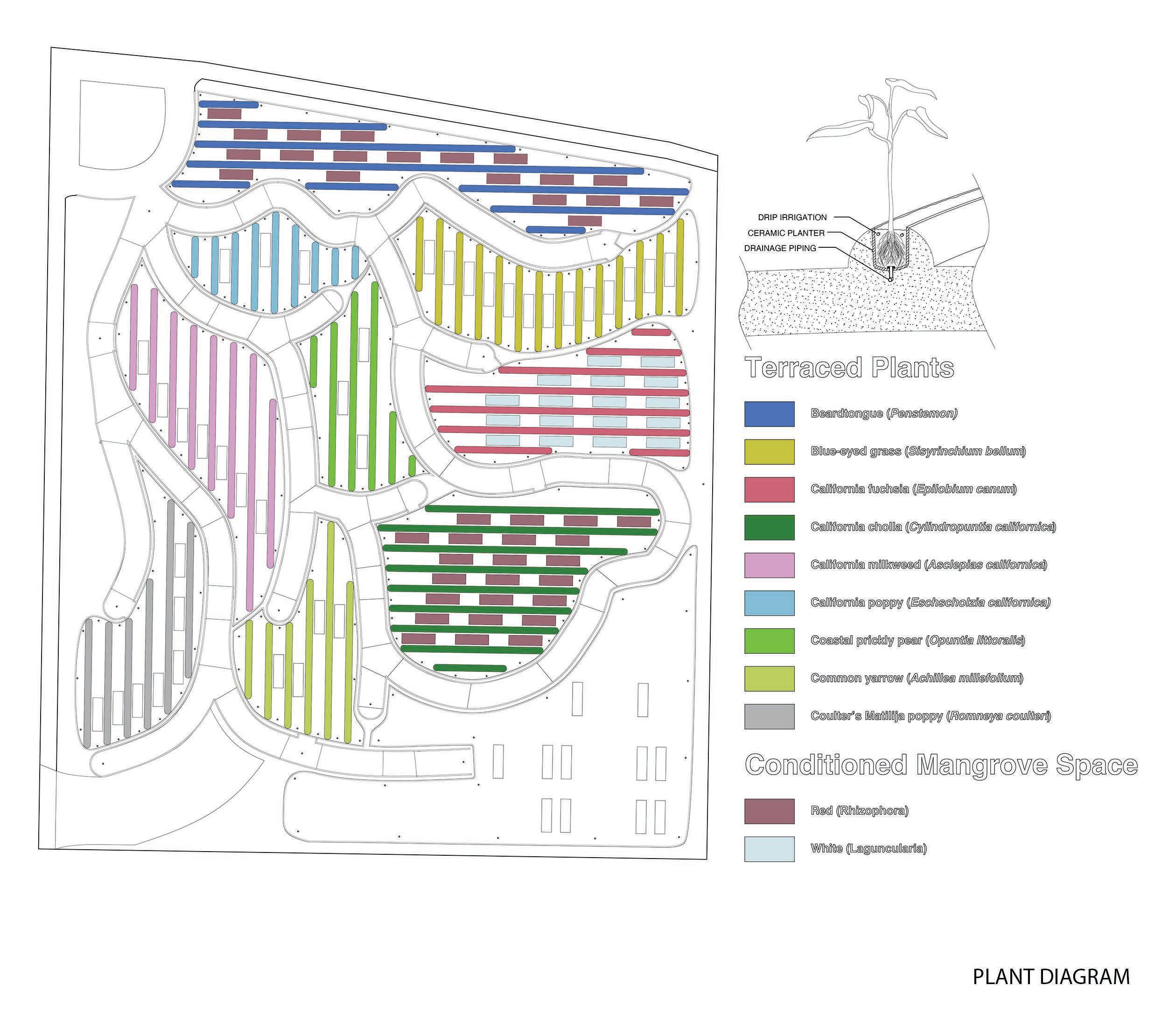
1 minute read
Blue Forest Garden
In an effort to create a solution for the urban environment's lack of interface with the nature that has been stripped from its native land, the Blue Forest Garden seeks to bridge that return. The Bayona Wetlands in Southern California for years is home to some of the most precious and rare habitats for local and migratory wildlife alike. Unfortunately, its natural range has been shrinking for centuries in large part thanks to much human infrastructural and private interventions. Due to the brackish water and unstable soil it generates many have sought to tame these wild lands for years without following addressing the ecological harm that would arise from such actions.
What we have been left with is a decrease in one the largest carbon sinks the state of California has to offer. Furthermore, we have communities that are completely disconnected with the natural history with the very earth they occupy. In an effort to to mend that disconnect it is vital that these problems are in part solved by those who have been major culprits in the demise of our natural resources, including architects.
The program of the Blue Forest Garden centers around a unique kind of arboretum that would reintroduce a critical species of Blue Mangroves who were once native to California's coastal wetlands. But, it would also be a place of learning and enrich community members who have not been exposed to a place of scientific study. This kind of exposure's overwhelming nature is not taken lightly. To ease the understandable insecurity one might feel when confronted with a space of higher learning it was decided to sink the street adjacent sides of the program into the ground below the onlookers so that they may feel the site is more approachable and ultimately in service to them.















